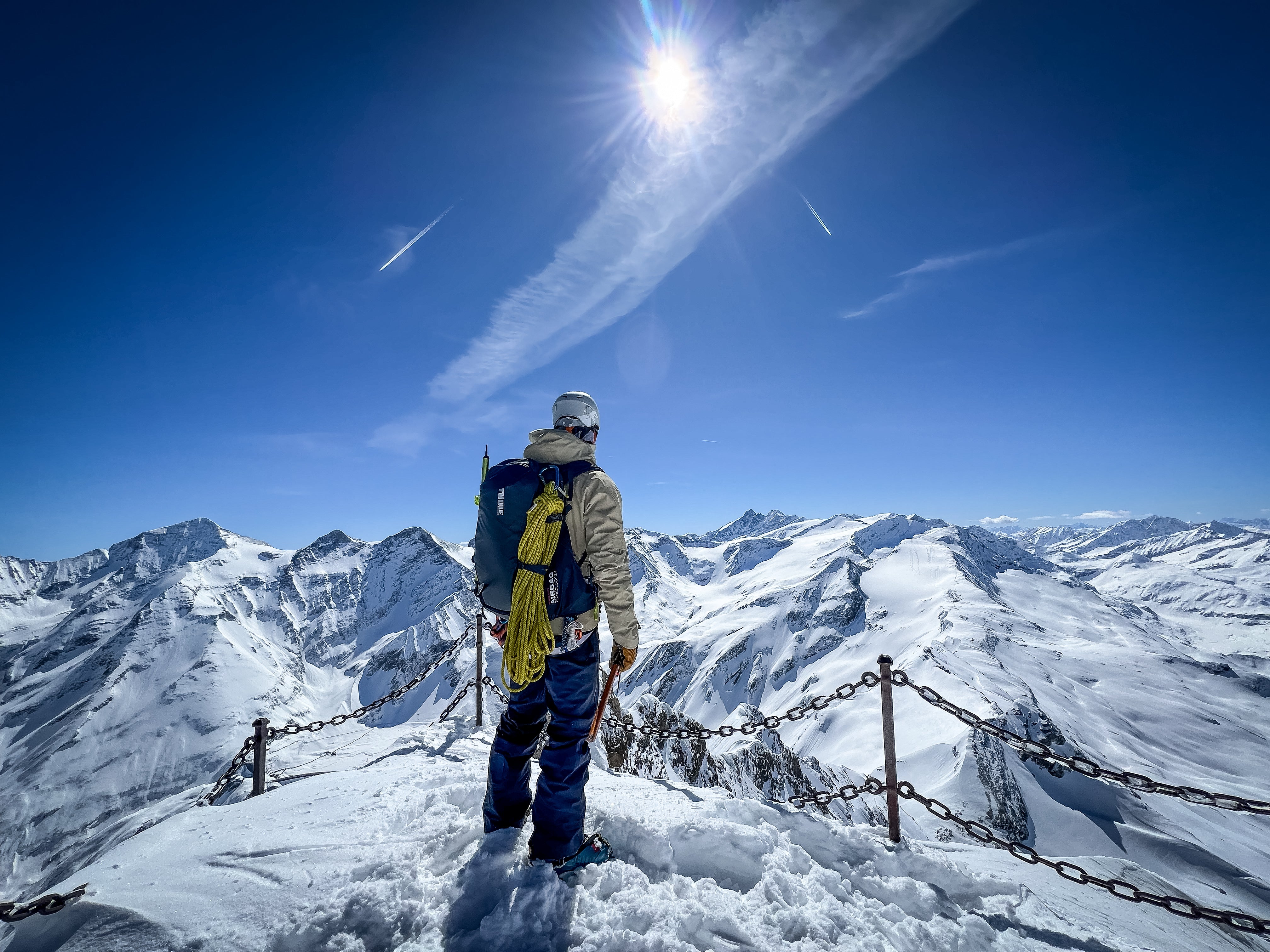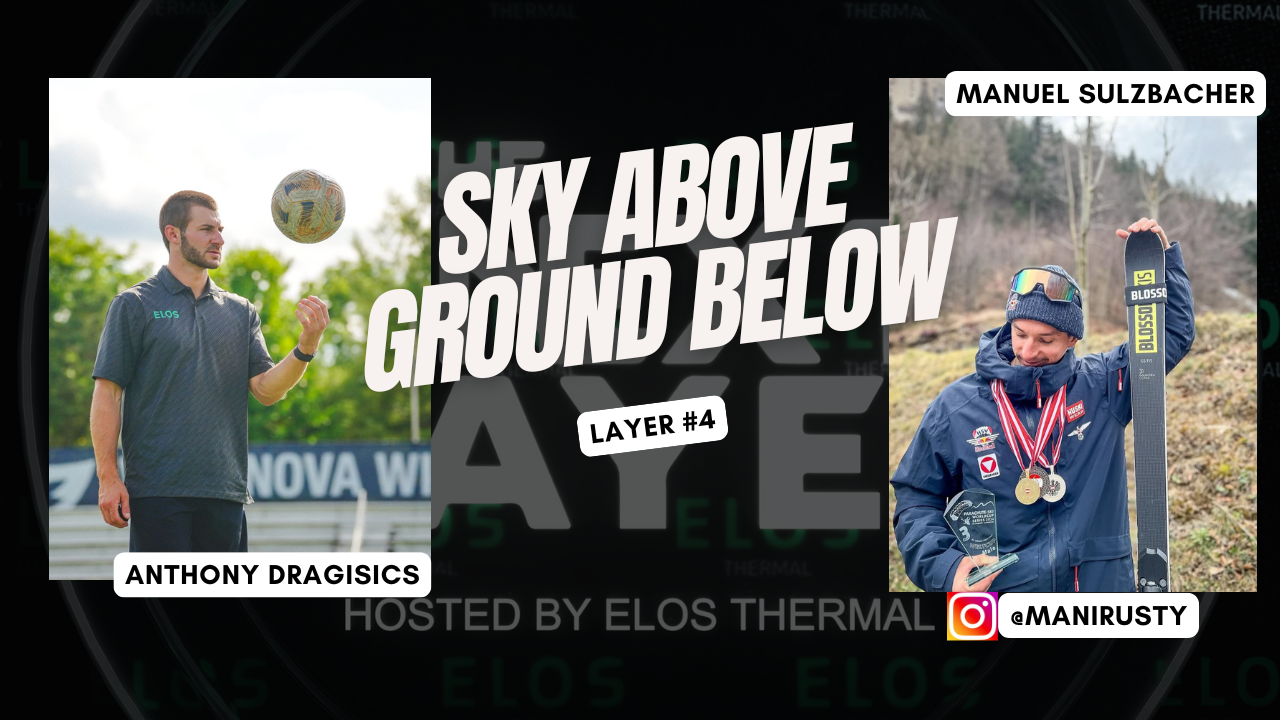Disposable Heated Insoles vs. Rechargeable: Which Is Right for You?
Trying to choose between rechargeable and disposable heated insoles? This guide breaks down the pros, cons, and key differences — and explains why the right choice depends on how you move.
Why Your Feet Sweat and Freeze — and What to Do About It
Cold feet that sweat and freeze? It’s more than just discomfort — it’s a performance killer. Learn why your winter gear isn’t cutting it and how heated insoles can fix the sweat-freeze cycle for good.

From Work Boots to Cleats: Why ELOS V2 Heating Insoles Work in Any Footwear
Most heated insoles are clunky, battery-powered, and built for one type of boot. ELOS V2 isn’t. With a trim-to-fit orthotic shell and swappable heat packs, it’s the first insole designed to move be...

Skydiving at 14,000 Feet. Ice Climbing at -10 Degrees. This Athlete Trains Where Most People Quit.
World champion skydiver Manuel Sulzbacher has trained in the harshest conditions on Earth—and above it. In this episode of The Next Layer, we explore what it takes to perform in the cold, from alpi...
The Physiology of Cold Feet: What the Science Says About Performance and Comfort
The Physiology of Cold ExtremitiesTo understand why feet get cold first, you need to look at how the body manages heat. In cold conditions, your nervous system triggers vasoconstriction, narrowing ...
Comfort Is a Performance Strategy: Rethinking Grit in Cold Weather
There’s a stubborn myth in fitness and outdoor culture: that discomfort equals discipline. That if you're not cold, sore, or suffering, you're not working hard enough. But the best performers don’t...
